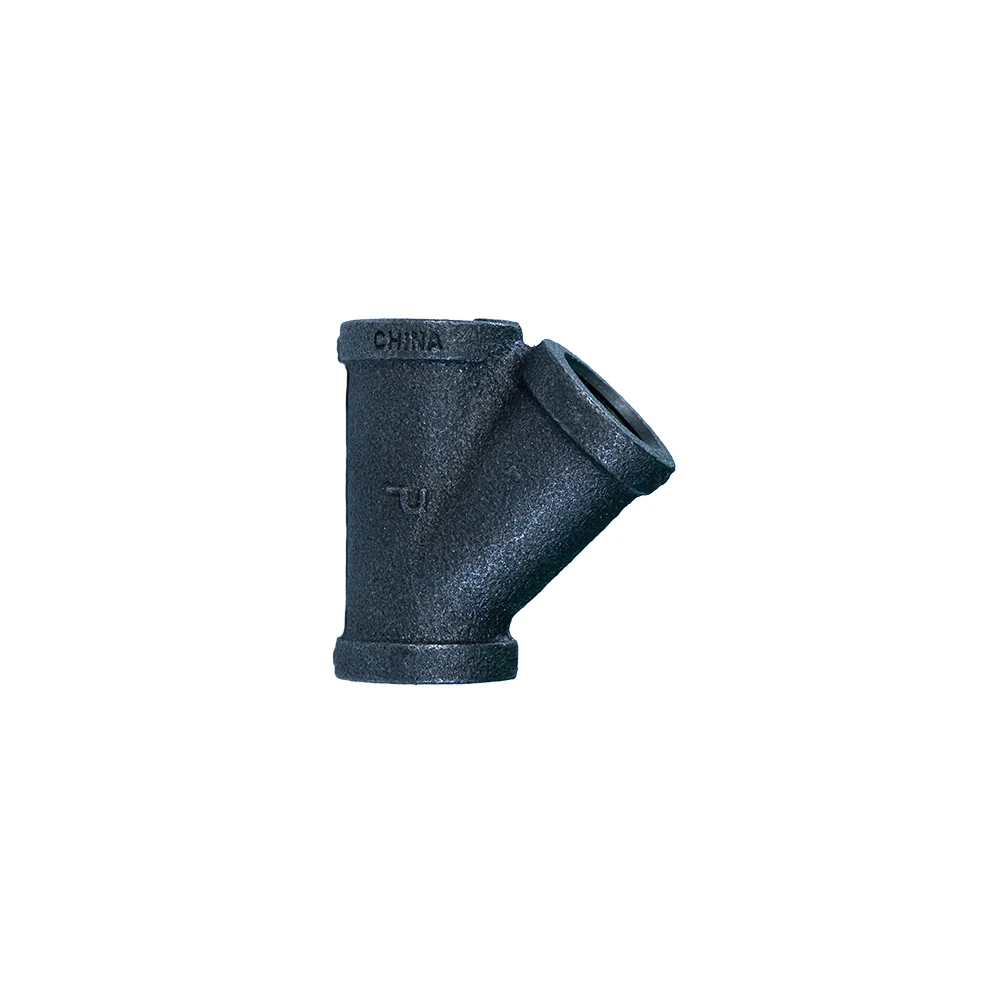Plumbing couplings are an essential component in any piping system, ensuring that different segments of pipe can be securely joined together. Understanding the various types of couplings and their specific applications can make a significant difference in both residential and commercial plumbing projects. This article delves into the diverse world of plumbing couplings, offering insights drawn from years of hands-on industry experience.

One of the most fundamental choices is between rigid and flexible couplings. Rigid couplings are designed to provide a durable and permanent joint, often used in situations where neither thermal expansion nor contraction is a concern. These couplings are ideal for most standard plumbing applications where a leak-proof seal is mandatory. On the other hand, flexible couplings allow for slight movement in the connected pipes, being particularly useful in environments subject to vibrations or slight shifting—such as installations in seismic zones or buildings with dynamic foundations.
Material composition is another critical consideration.
Plumbing couplings can be made from a variety of materials, each with its advantages. Brass couplings, for instance, offer excellent corrosion resistance and are often used in water systems. PVC or plastic couplings provide a lightweight, cost-effective solution for a variety of applications, especially beneficial in residential projects due to ease of installation and availability. For high-pressure or high-temperature applications, stainless steel or galvanized steel couplings are recommended for their strength and durability.

Threaded couplings add another layer of complexity and sophistication. They allow pipes to be joined without the need for welding, which is particularly advantageous in repair scenarios or systems that may require future disassembly. Threaded joints can be found in both galvanized and black steel pipe systems and are essential in scenarios requiring precision and convenience in installation.
plumbing couplings
When determining the correct type of plumbing coupling to use, it is important to consider not only the material and application but also the specific environment in which the coupling will function. High-moisture areas, systems with substantial thermal fluctuation, or pipes that will carry corrosive substances all demand careful selection of coupling materials and types to ensure a long-lasting, effective solution.
Experts in the plumbing industry can attest to the critical role that proper coupling selection plays in maintaining system integrity and efficiency. Misaligned systems or improper coupling choices are among the most common causes of plumbing failures—which can result in leaking, reduced pressure, or complete system breakdowns.
Thus, finding the right coupling requires a careful balance between understanding the technical specifications of the product and assessing the particular demands of the installation environment. Both seasoned plumbers and DIY enthusiasts should strive for a detailed understanding of these elements, leveraging technical guides and seeking professional advice when necessary to ensure system reliability and performance.
In conclusion, plumbing couplings might seem like small components, but their impact on the effectiveness and longevity of a plumbing system is immense. With expertise and attention to detail, selecting the right coupling can mitigate future risks and promote seamless operation across diverse piping systems. Trust in the right product, founded on a deep understanding of industry standards and personal installation requirements, ensures optimal performance and lasting success.
Post time:
Jan-14-2025











